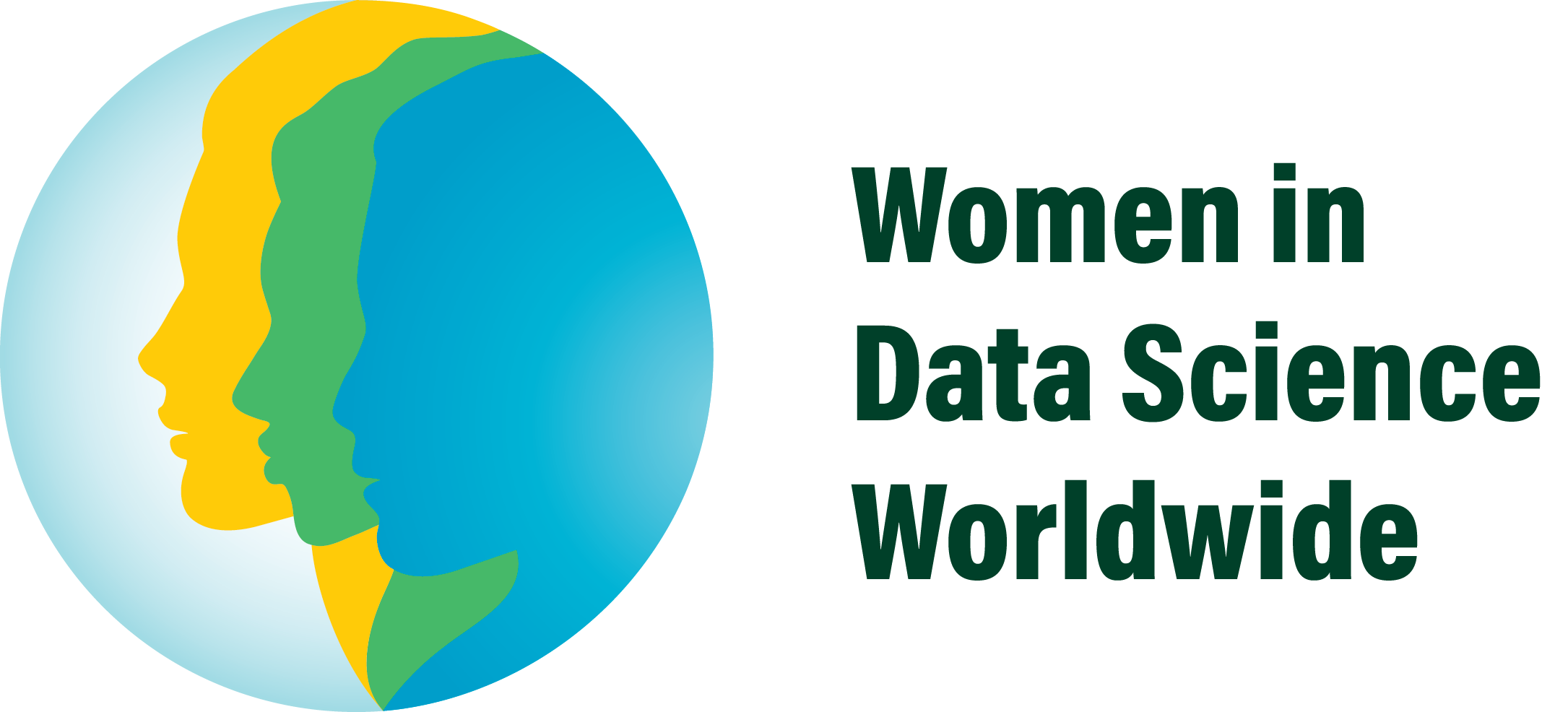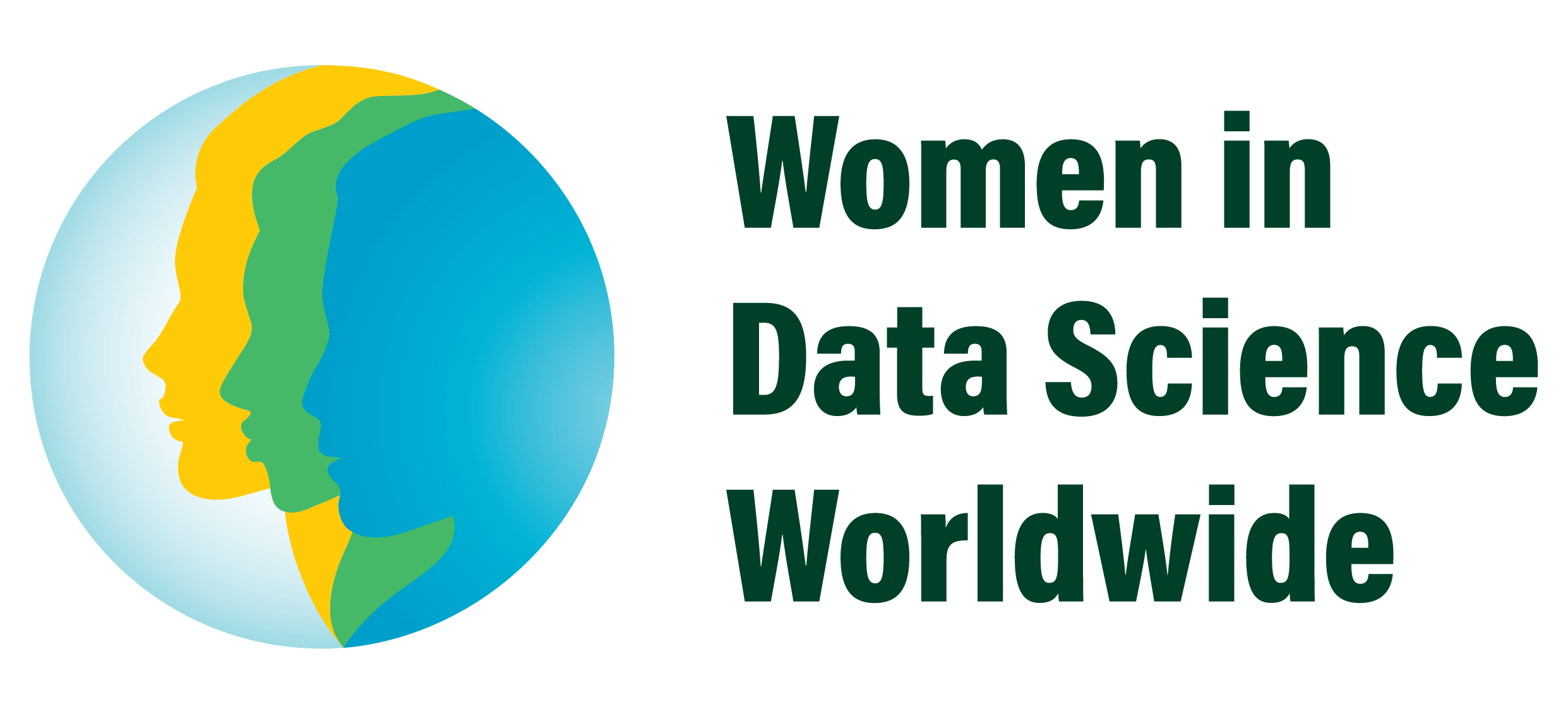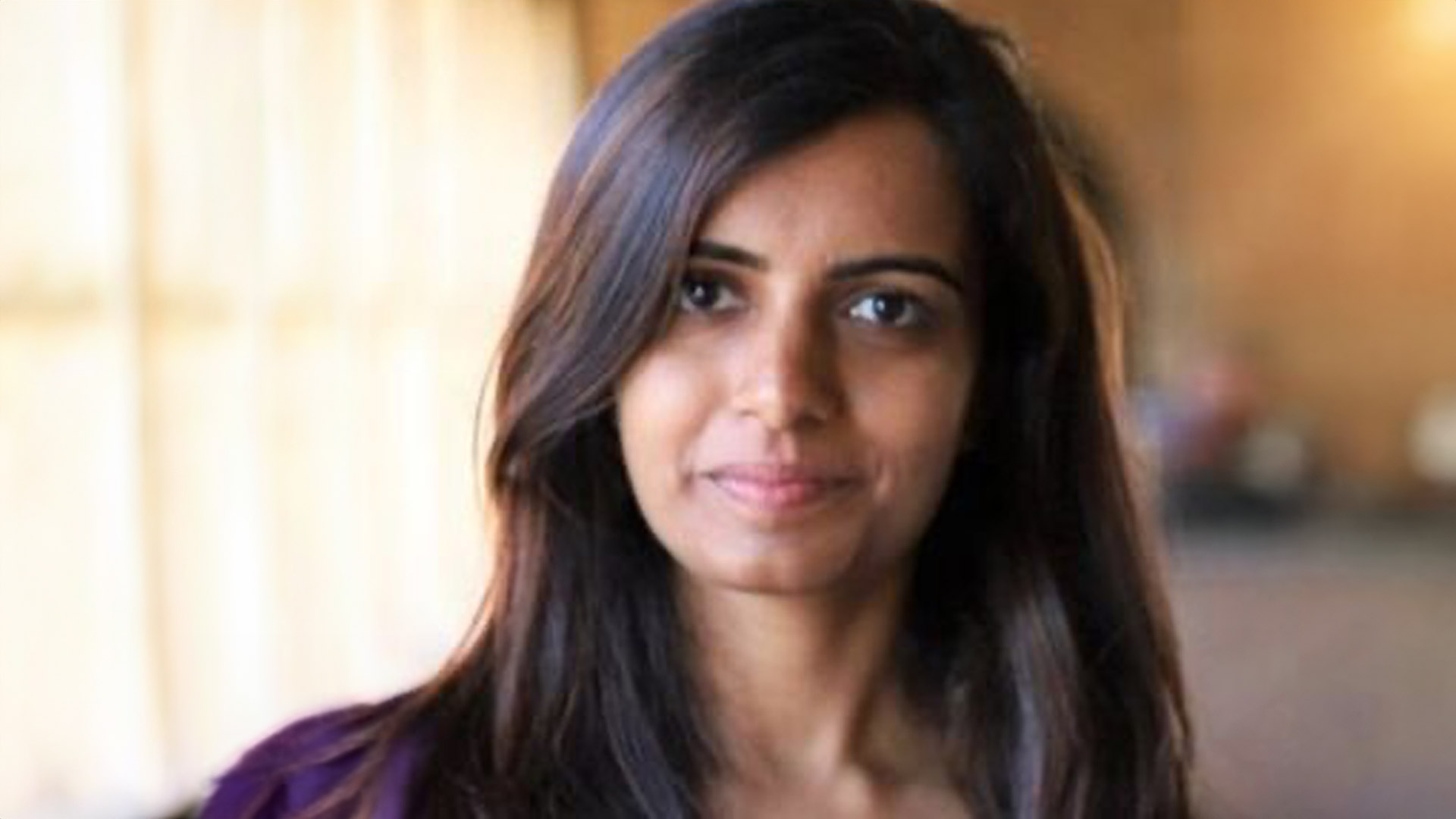Tell us about your background.
I grew up in Mumbai where my father worked as nuclear scientist at the Bhabha Atomic Research Center. Since childhood I was interested in science and math and surely, a lot had to do with the environment at home. My father helped me with projects and my mother made sure I was persistent and enjoyed education. Growing up in a township of scientists, I never felt isolated as a girl in science. It wasn’t until high school and college that I realized so few other women chose to study the same subjects.
I studied Electric Engineering as an undergraduate at the Indian Institute of Technology Bombay. My interests have always revolved around machines and electronics. I was pulled towards robotics and I pursued this as an undergraduate via competitions and side activities.
After graduation, I worked at FinMechanics as a Quantitative Finance Analyst and Consultant in Singapore and Mumbai. I used to work on optimal pricing for foreign exchange options and structured products, credit valuation adjustments and risk assessment. In the last couple of years, I started and led the quant finance team within the company.
What got you interested in data science?
I became interested in AI when the startup I was working for was expanding to other locations and many companies were discussing AI-related technologies. I started exploring Applied Math programs to gain both depth in computational finance and an introduction to AI.
How did you learn about Women in Data Science (WiDS)?
While I was working in Singapore, I was doing research for my applications and was browsing through some videos on the latest trends in data science and YouTube recommended a talk from WiDS. After watching the first one, I ended up watching a lot of the WiDS conference videos. This is how I learned about Stanford’s Institute for Computational and Mathematical Engineering (ICME) and its interdisciplinary program seemed like a good fit for me.
How has WiDS made an impact on your life and career?
WiDS was a great introduction to the world of data science and applied math for me. It helped shape my education and career. I learned about Stanford’s ICME program through WiDS, applied for the Masters program in Computational Finance track and got in. After joining Stanford, I got more interested more in AI and focused coursework on predictive modeling and natural language inference.
ICME’s annual recruitment program opened up an opportunity for me to intern at Microsoft. During my internship, I worked on a new feature and even got a patent filed while I was there. This experience led me to come back to Microsoft after I finished school where I am now a Data and Applied Scientist in the field of machine learning and natural language processing.
Currently, I am working on an upcoming Microsoft product and am enjoying the entrepreneurial nature of my work. There is a good amount of experimentation with new ideas in AI and evaluating the latest papers in our context. Creating quick prototypes, constant integration of user feedback and the latest AI in collaboration with Microsoft Research has made the experience here very exciting.
What’s next for you? What are your hopes for women in the data science in the future?
Being part of a great community at Stanford and now at Microsoft, I hope to contribute meaningfully and in exciting avenues of data science. It feels great to be associated with WiDS as it showcases talent and excellence by women in the field and inspires me to aspire for more. I’ve worked with WiDS as volunteer and as one of the organizers of the WiDS 2018 Datathon. I hope to see more women contributing in the field and since it is such a new field, we can be at the forefront of its success.


